Fujifilm X-T50 review: dial F for film simulation
Highlights what Fuji cameras are quickly becoming best known for
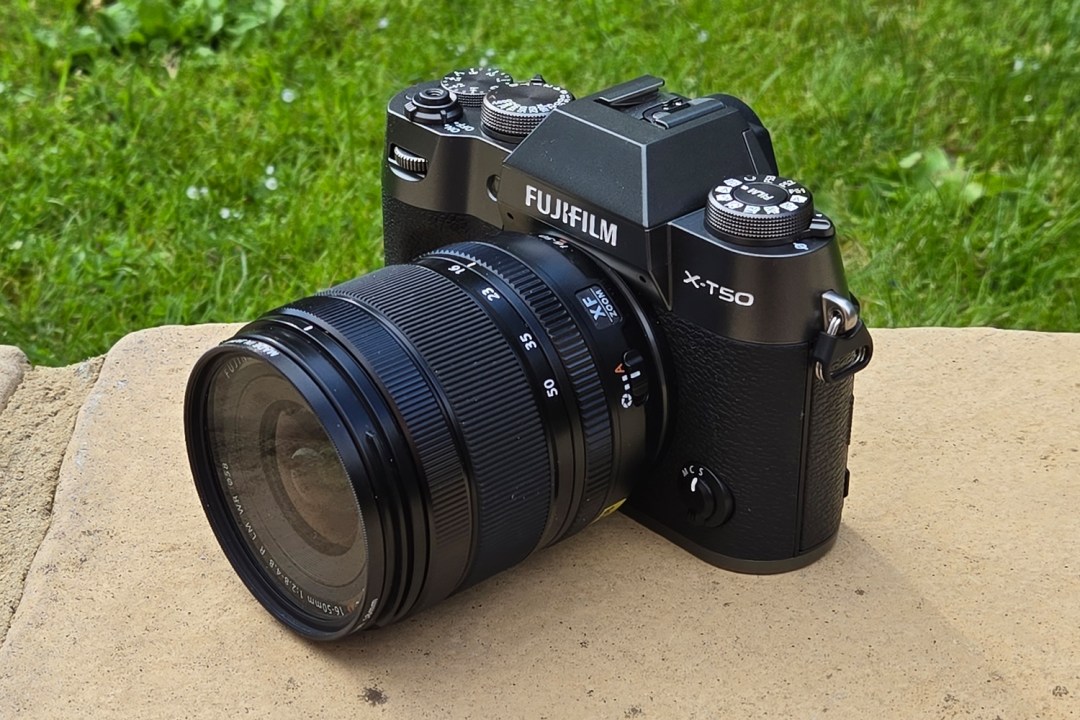
Stuff Verdict
A brilliantly capable CSC that puts Fuji’s excellent film simulations front-and-centre. The Fujifilm X-T50 will be many enthusiasts’ ideal mirrorless camera.
Pros
- Sharp, detailed images from 40MP sensor
- Dramatic, dynamic film simulations in easy reach
- Compact dimensions but plenty of manual controls
Cons
- Considerable price rise from previous generation
- Tilt-only touchscreen
- Body isn’t weather-sealed
Introduction
CSC converts have plenty of reasons to flock to Fuji mirrorless cameras – but the firm has also managed to court smartphone snappers with an extensive collection of Film Simulations. The Fujifilm X-T50 is the first system camera to put them front-and-centre, with their own dedicated dial.
It’s smaller and lighter than the flagship Fujifilm X-T5, yet has the same 40.2MP X-Trans CMOS 5 HR sensor and X-Processor 5 image processor. In-body image stabilisation is new for the X-Txx series, but battery life matches that of the outgoing X-T30 II. Autofocus has also taken a big step up from that model.
So, however, has the price. The X-T50 launched at $1399 / £1299 / €1499 body-only, or $1799/£1649/€1899 with Fuji’s new 16-50mm kit lens. That’s a big jump from the X-T30 II, which launched at $899/£749 body-only – and remains on sale as the unofficial ‘entry-level’ X-series. Here’s how it stacks up – and whether I think those film simulations are worth the outlay.
How we test cameras
Every camera reviewed on Stuff is tested in a range of lighting conditions, with a variety of subjects and scenes. We use our years of experience to compare with rivals and assess ergonomics, features and general usability. Manufacturers have no visibility on reviews before they appear online, and we never accept payment to feature products.
Find out more about how we test and rate products.
Design & build: smaller, similar
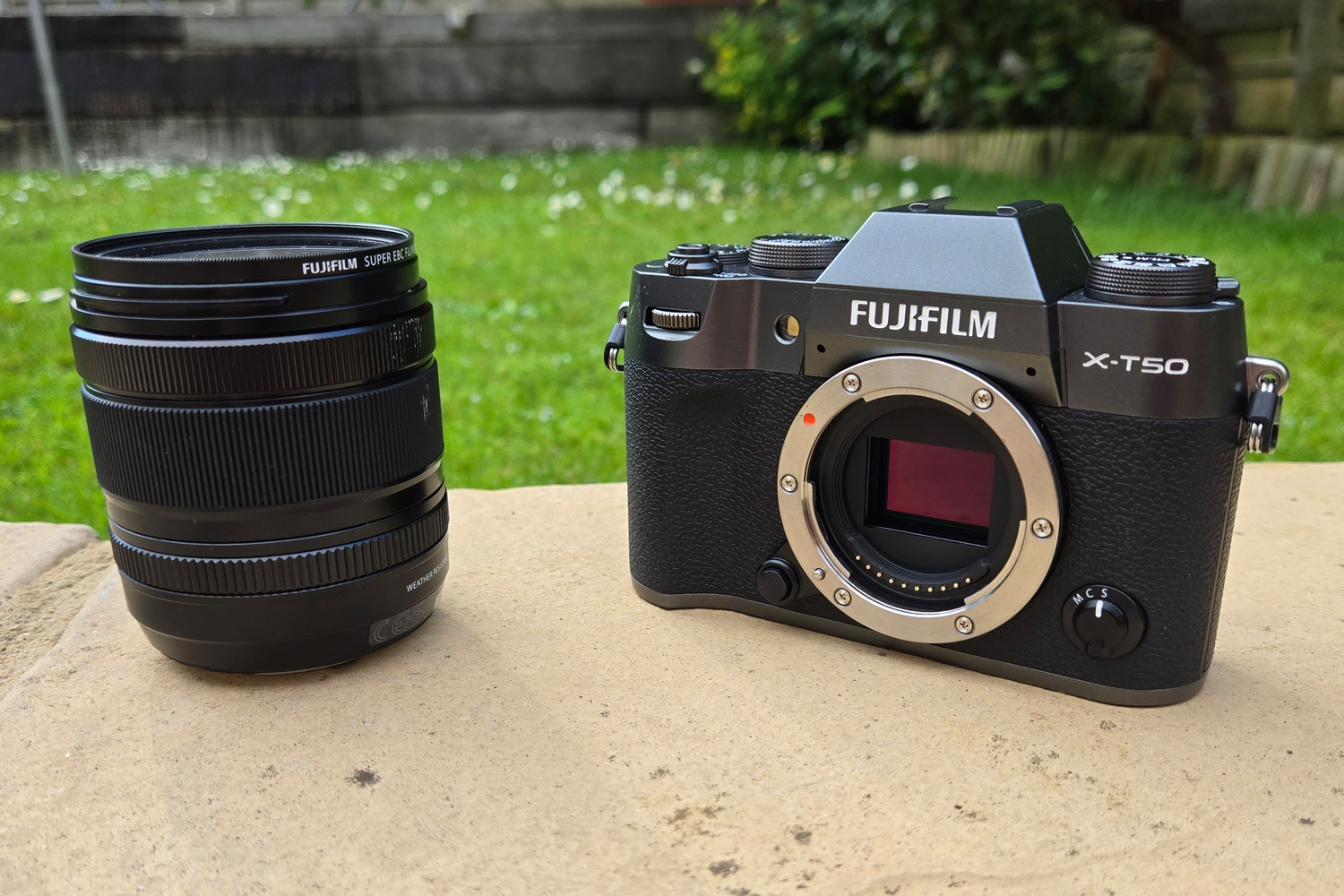
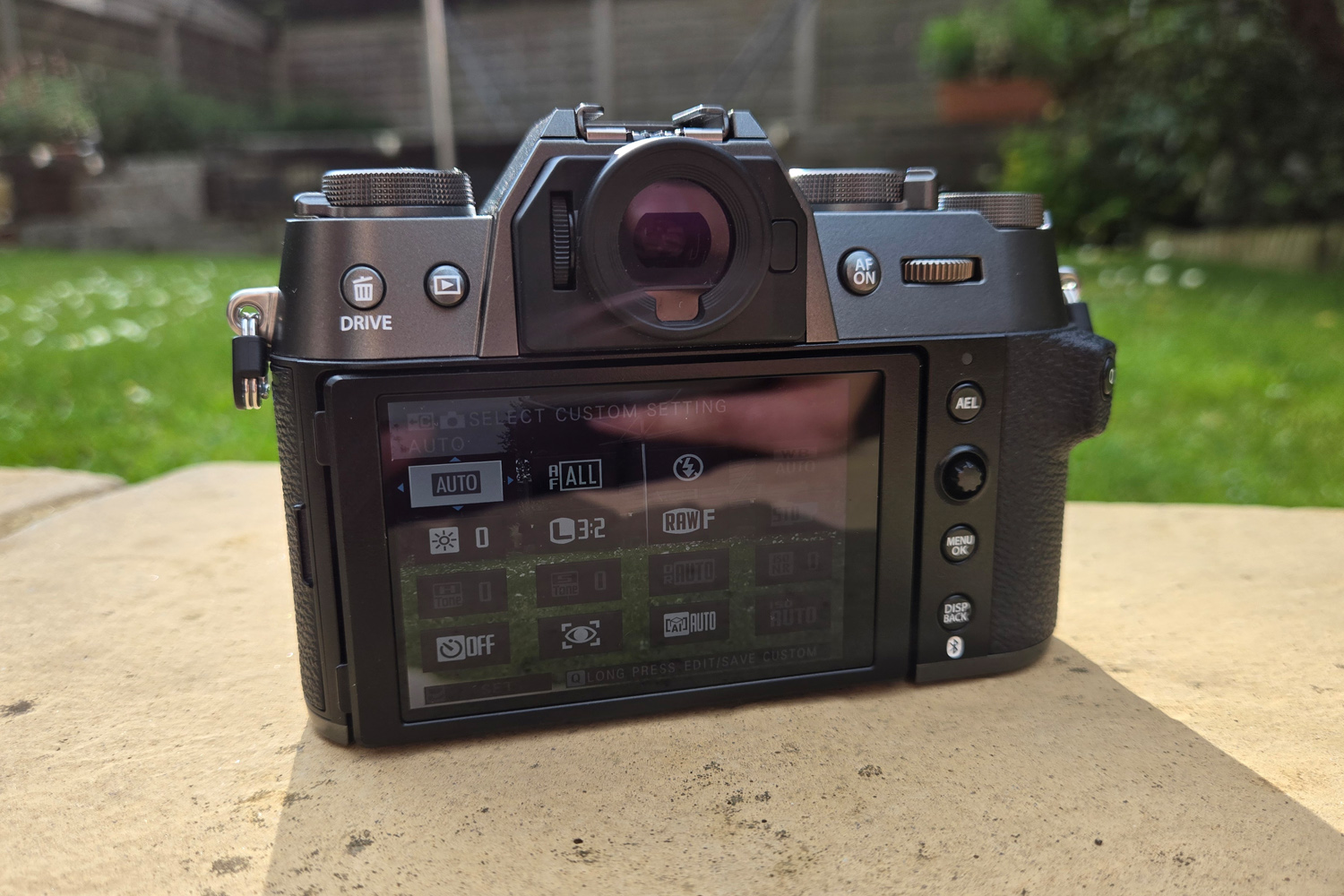
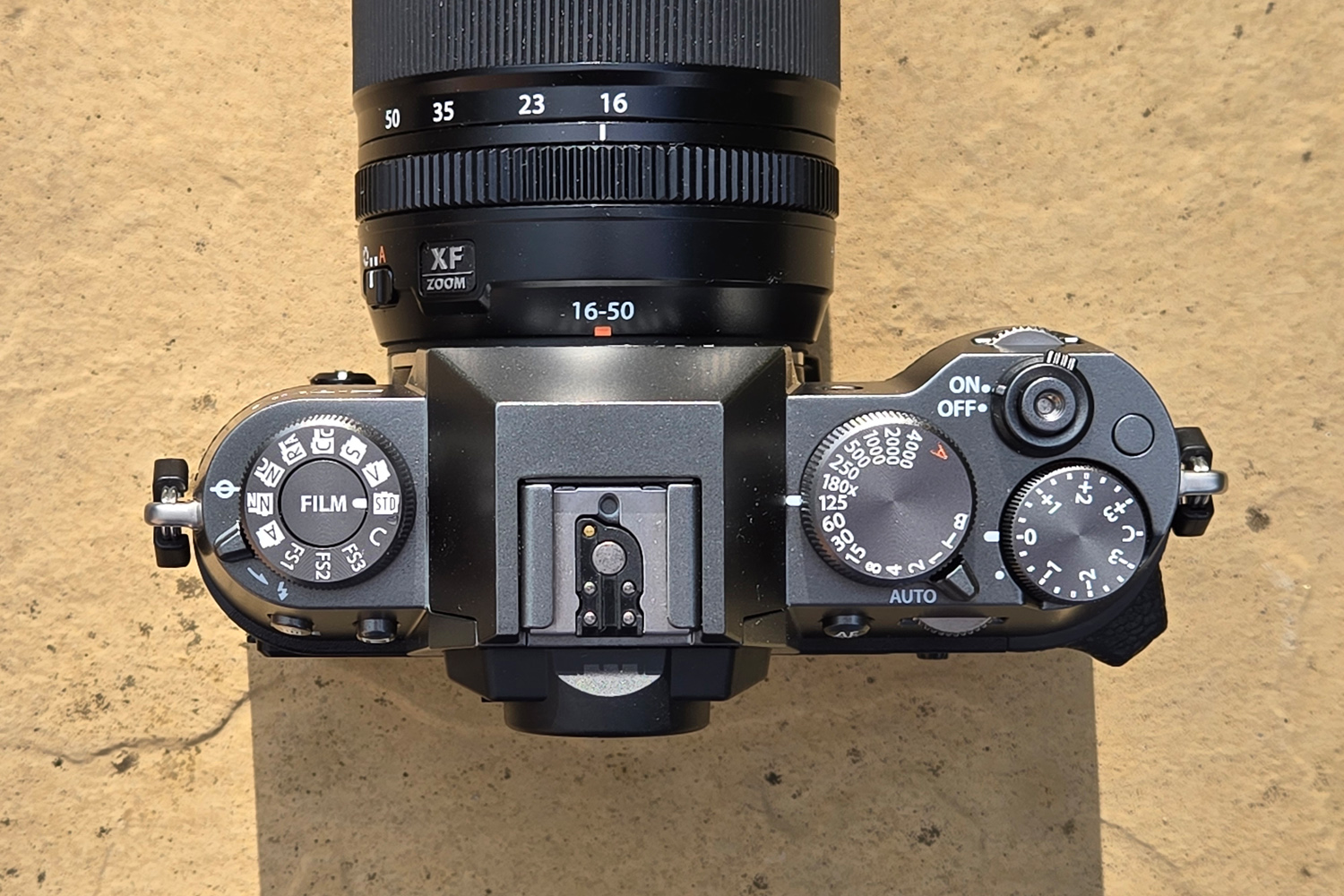
The Fujifilm X-T50 has the firm’s familiar layout, with a modest hand grip and distinctive top plate filled with control dials. You get three, plus two customisable command dials within easy reach of your right thumb and index finger. The dials are single-stacked here, instead of the double-stacks seen on the firm’s pricier models. The new film simulation dial takes pride of place on the left side.
At the rear, X-T30 veterans will find most of the buttons are that little bit larger now. They stick out a bit further too, which makes them easier to find and press while wearing gloves. The touchscreen LCD tilts in two directions for high- and low-angle shooting, but it doesn’t flip out for vlogging – or rotate inwards to protect the LCD while the camera is in a bag. I would definitely invest in a screen protector.
You won’t find a dedicated video recording button anywhere on the camera either, highlighting Fuji’s thinking that it will mostly appeal to stills snappers. A 3.5mm microphone input and micro HDMI out means it can get the job done, of course, but 3.5mm headphone monitoring has to be done via a USB-C adapter.
You can pick up an X-T50 in black, silver, or charcoal silver colours; I thought the latter struck a great balance between the subdued black and more retro-tastic silver. It’s smaller than the X-T5 in every dimension, and at just 438g without a lens, this is a wonderfully compact system camera. I had no trouble slinging it over my shoulder for a day of shooting, even with a sizeable zoom lens bolted on. With the kit lens it was effortlessly luggable. Pancake lenses won’t give you much to grip onto, though, so a strap – either the freebie included in the box or a third-party one – would be a wise investment.
This isn’t a weather-sealed camera; for rain protection you’ll need to step up to the X-T5, although that’s only a concern if you’re willing to get wet to get your shot.
Features & battery life: life’s a simulation
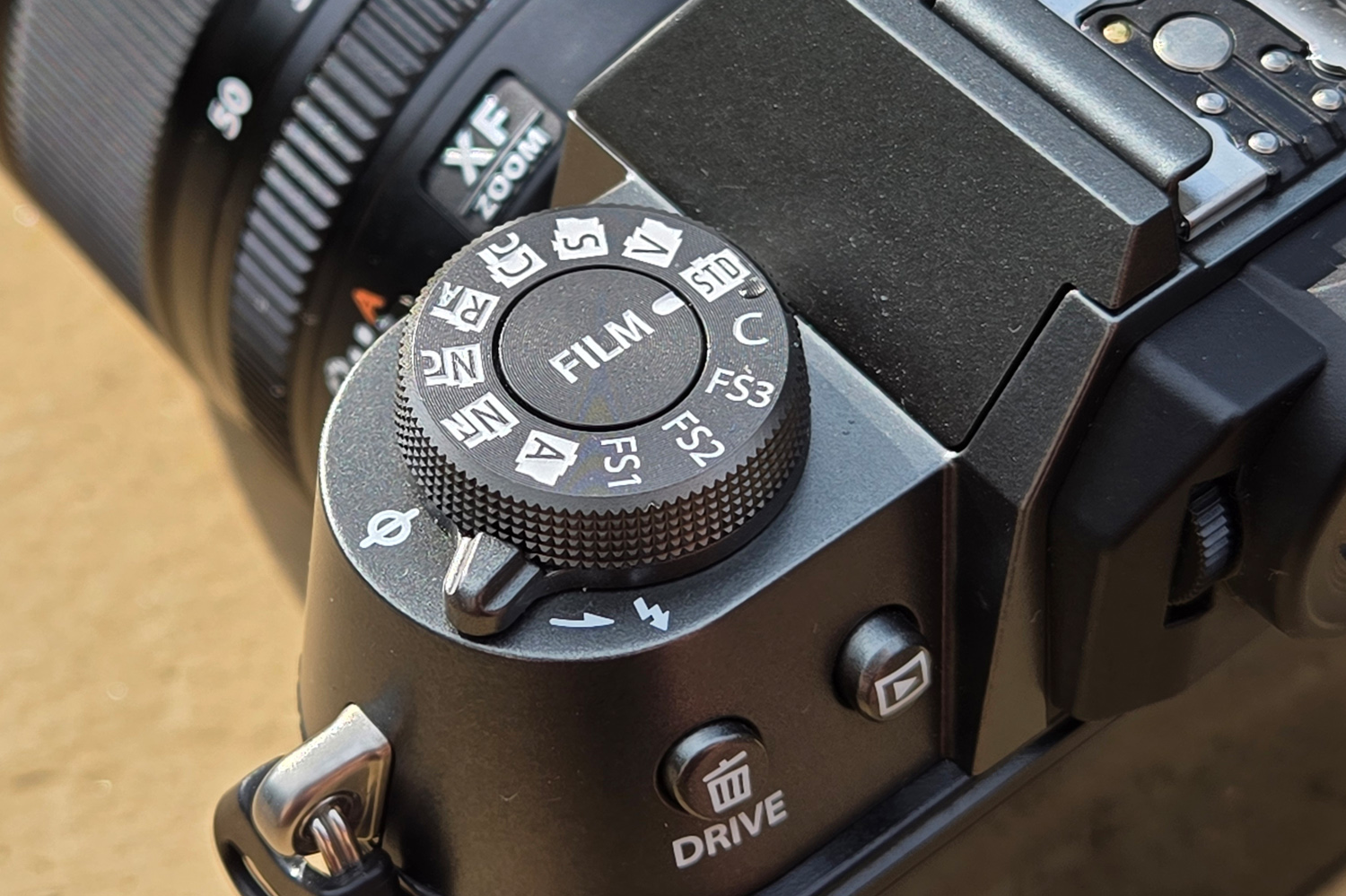
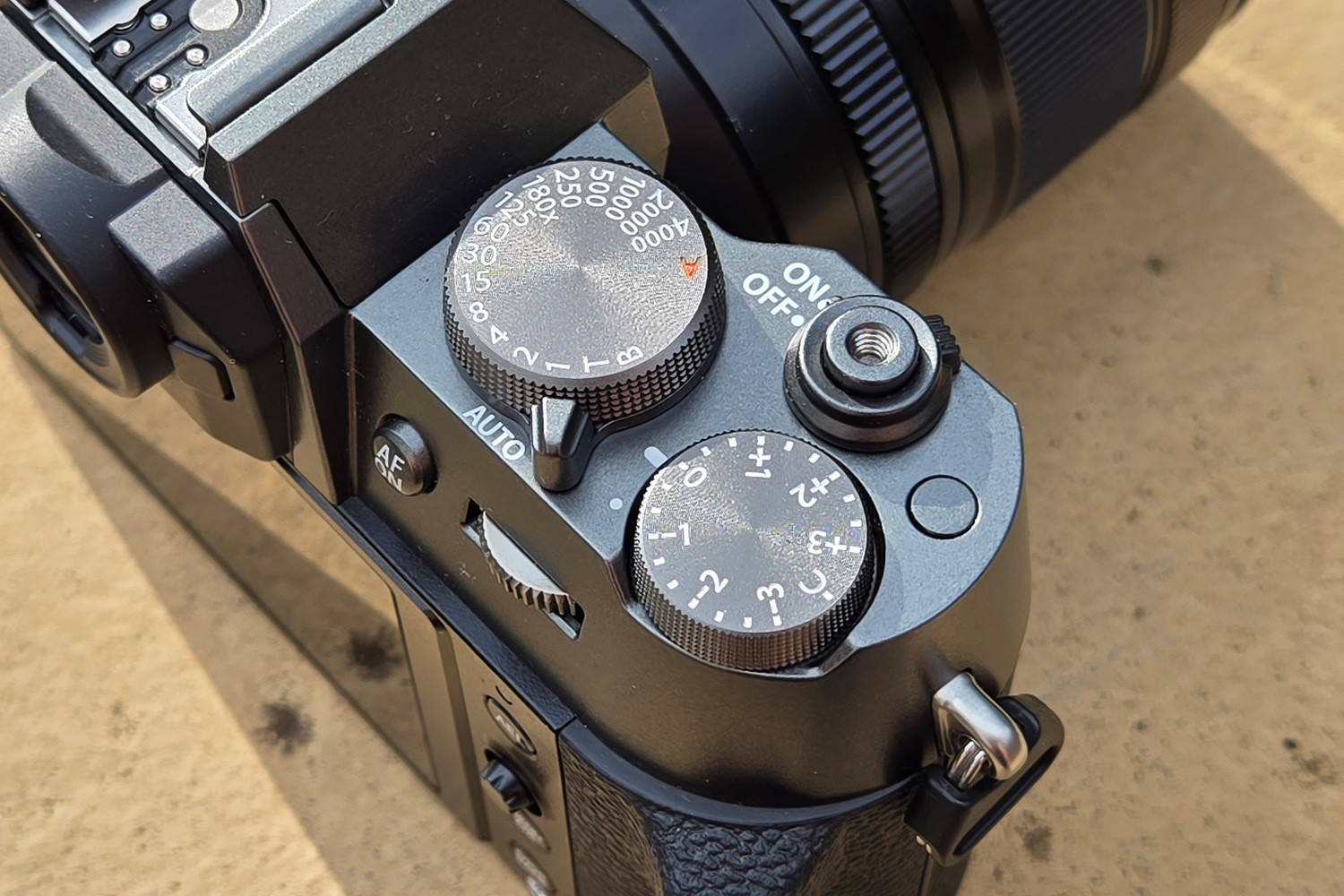
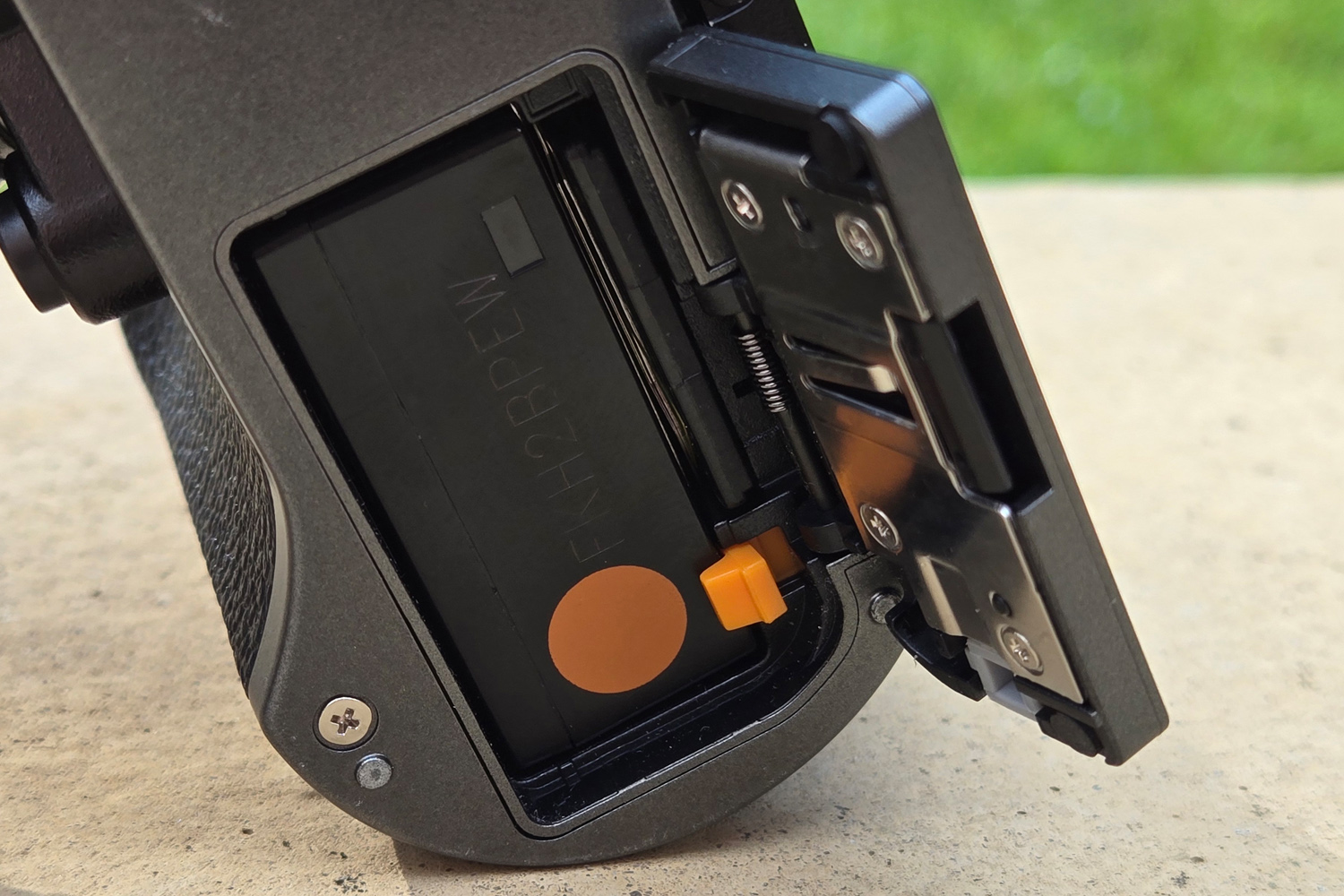
The new film simulation dial replaces the X-T30 II’s Drive dial, with drive modes being relegated to a button on the rear of the camera. Personally I think this is a great move; it’s the same setup I have on my personal camera (a Fujifilm X-S20), albeit without the useful icons to represent the various simulation options.
Here you can quickly scroll through seven different colour treatments (eight if you also count the standard Provia recipe), configure a further three FS presets, and assign a single Custom mode. There’s currently no way to assign your own custom-recipes to the three FS stops, though. Fuji’s newest simulation, Reala Ace, is of course present and correct, with twenty total to choose from.
I also like the Auto lever built into the shutter speed dial; Fuji knows many X-T50 customers aren’t always going to want to set up their shots manually, just pick a film simulation and press the shutter button – flicking this lever is a fast way to do that. It was the same on the X-T30 II, of course, but I think is even more relevant now. The lever on the film simulation dial that pops up the built-in flash was a little too easy to knock while the camera was at my side using a shoulder strap, though; I’d regularly go to take a shot and discover the flash had flipped up.
There’s just a single SD card slot at the bottom of the camera, inside the battery compartment. For on-the-fly backups, you’ll need to use Fuji’s X-App smartphone companion app, via the X-T50’s built-in Bluetooth and Wi-Fi connections. It’s very slick, with a timeline of camera bodies and lenses, shot counts for each of the film simulations, and location tracking if you let your phone supply the GPS data.
You’ll also want a speedy UHS-II type card for shooting RAW+JPEG bursts, or high resolution video. It can do 4K/60p in-camera, and with an external recorder connected it can manage oversampled 6K/30p footage in 10-bit, 4:2:2 RAW. Just keep in mind clip length is also thermally limited; with no external cooling fan accessory, it will do 60 minutes at 25 degrees, or just ten minutes in 40 degree heat.
Fuji says the X-T50 can last around 390 shots between charges – which is on par with the X-T30 II, despite the new camera gaining in-body stabilisation. That largely bore out in my testing, which stuck to the performance mode and used a mix of EVF and LCD for composition. I drained a cell in four hours of continuous use.
Performance: X marks the spot
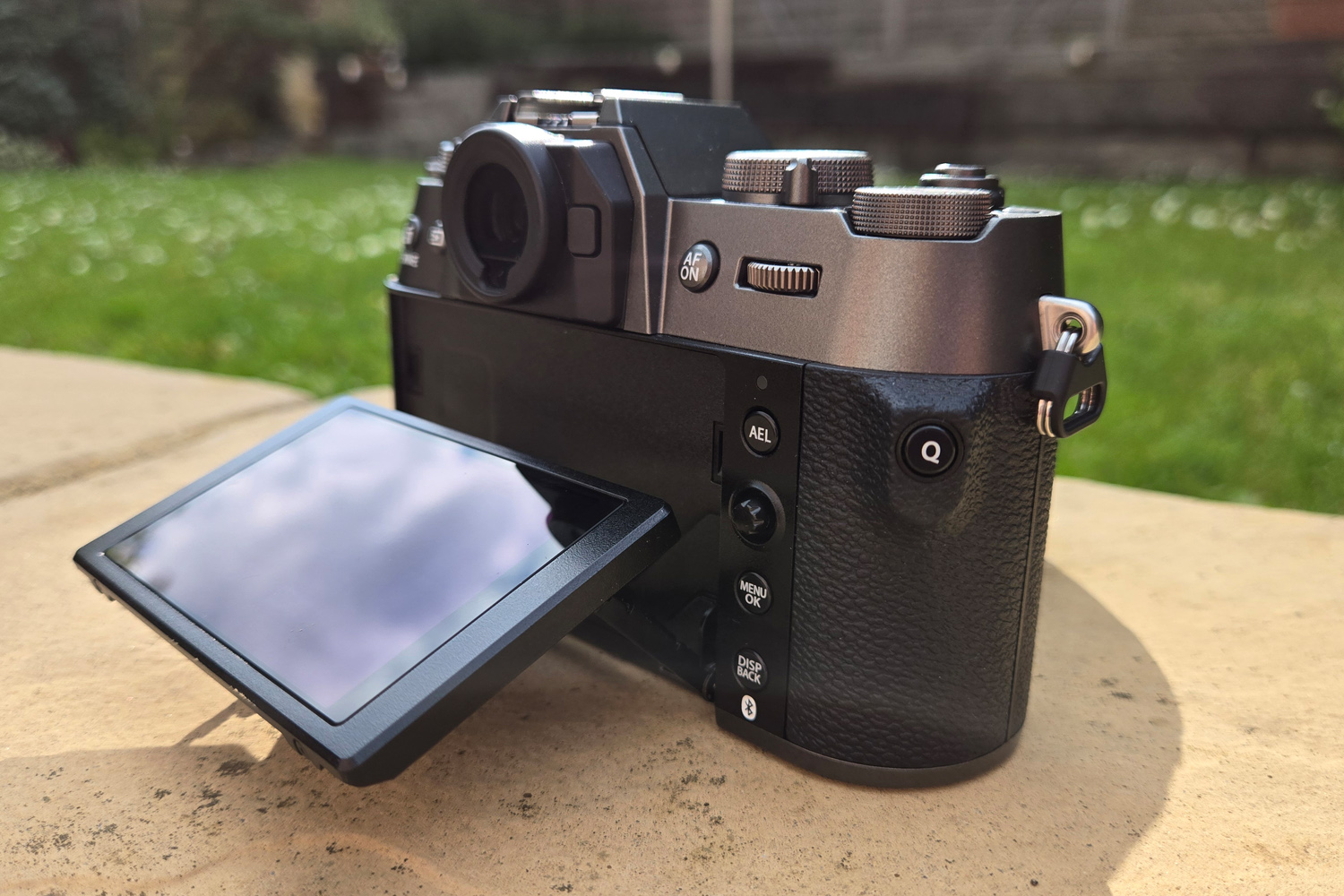
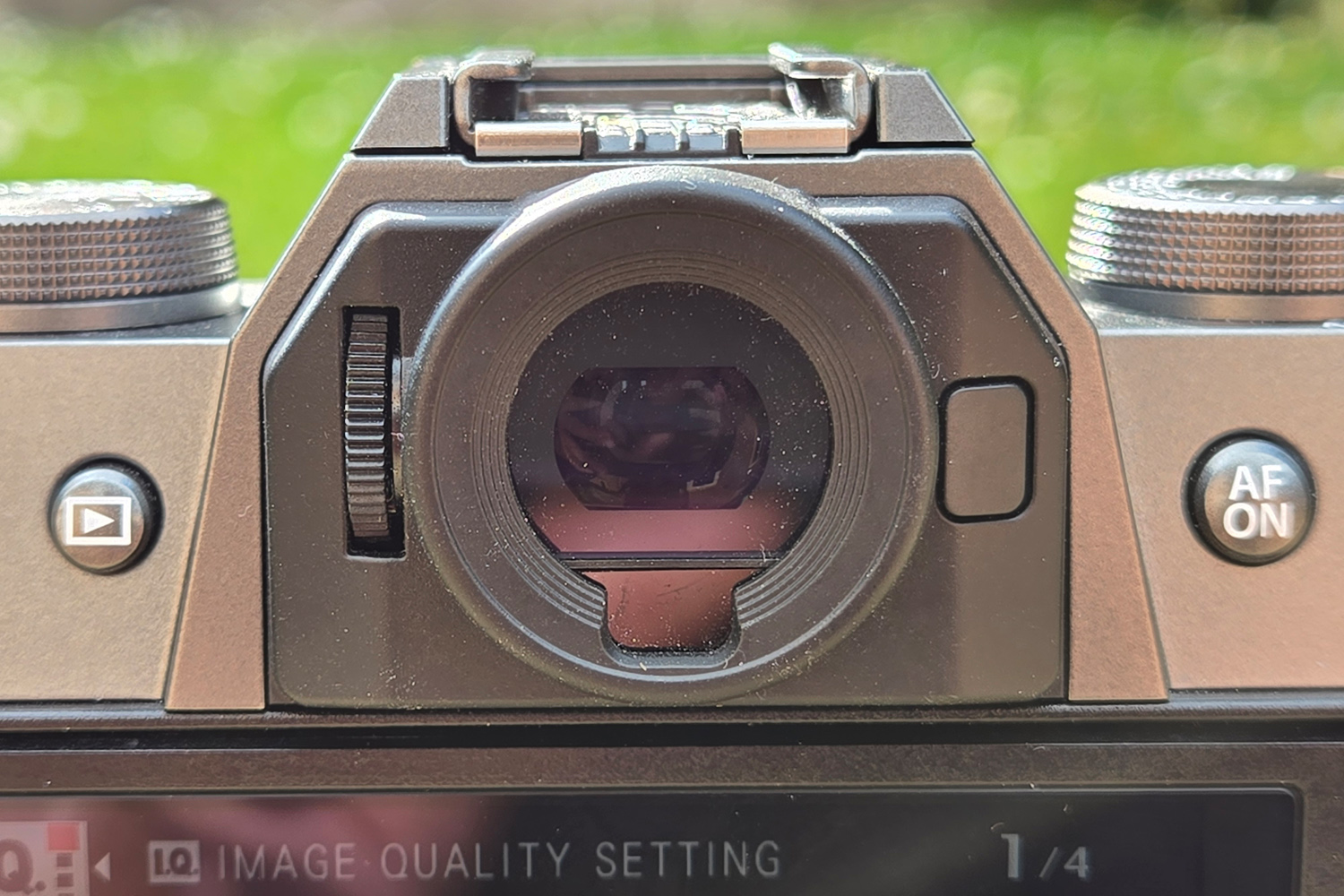
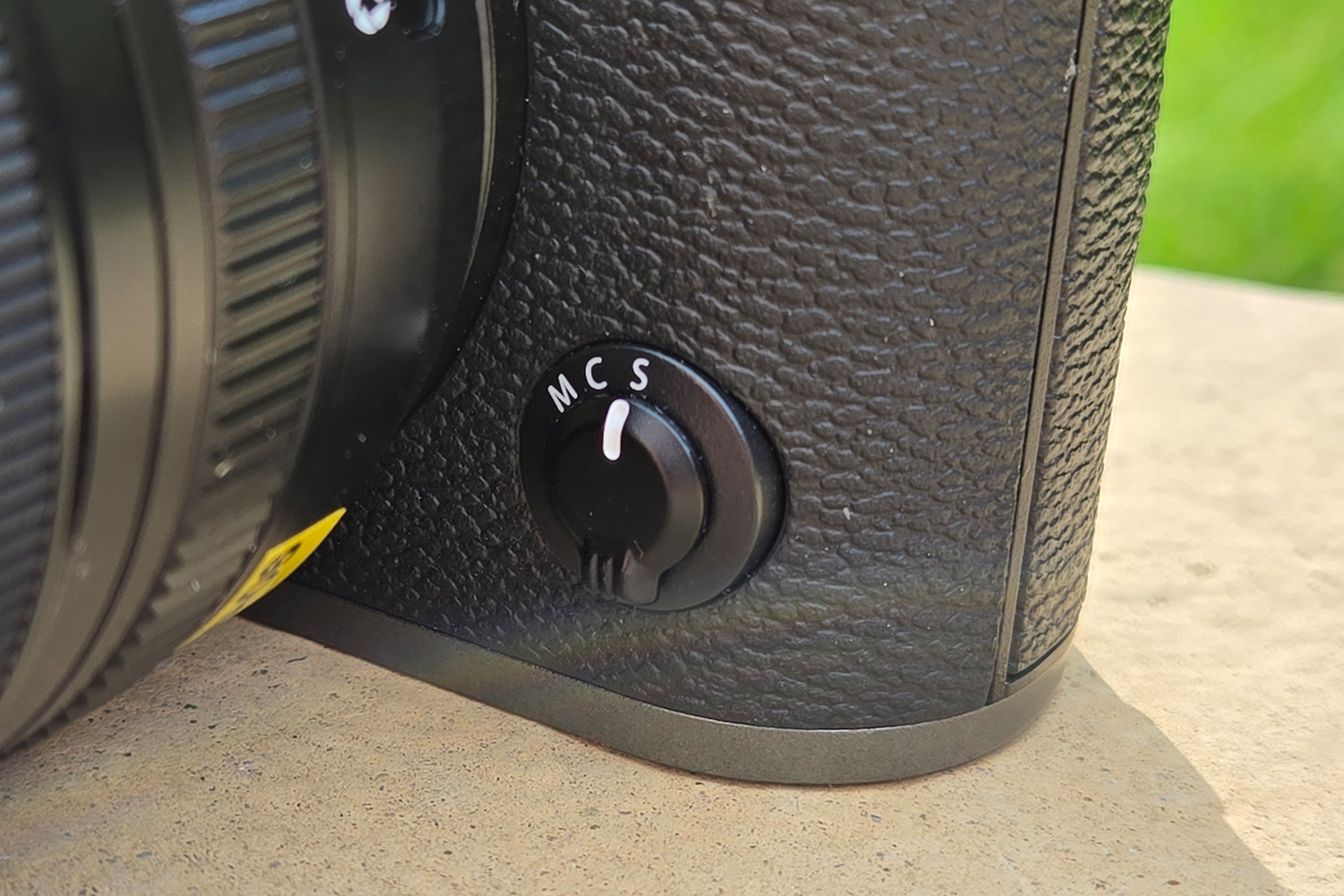
The X-T5 might maintain its position as Fuji’s flagship X-series CSC, but the X-T50 is a very close second place. Its X-Trans CMOS 5 HR sensor and X-Processor 5 combo up for an impressive base ISO of 125, allow for 180,000sec shutter speeds, and can also manage 8fps burst shooting with a mechanical shutter. I found that was plenty fast enough at a safari park during my initial hands-on, freezing animals that refused to sit still in brilliant sharpness.
Sports photographers will probably demand more, though; a day at the Goodwood Festival of Speed tracking cars as they tackled the hill climb course proved a bit harder, even with the subject detection setting set to cars.
The autofocus system, which has 50% more phase-detection autofocus points than you got on the X-T30 II, is otherwise excellent. Fuji’s animal subject detection was eerily accurate; even through chainlink fences, it could pick out moving monkeys, bears and deer, and would work in conjunction with the eye autofocus mode.
It helps that the 2.36million dot OLED electronic viewfinder is up to Fuji’s usual high standard, with a quick 100Hz refresh rate ensuring I didn’t miss any key moments. It’s not as high resolution as the X-T5’s, but there’s still plenty of detail on display.
The in-body image stabilisation made the biggest difference when shooting from a moving 4×4; even at extreme zoom ranges, the seven stops of stabilisation meant I got more usable snaps than I did duds. This alone is reason enough to consider the X-T50 over the cheaper X-T30 II, as far as I’m concerned. That it doesn’t harm battery life compared to the previous generation is a slam-dunk.
Image quality: animal magic

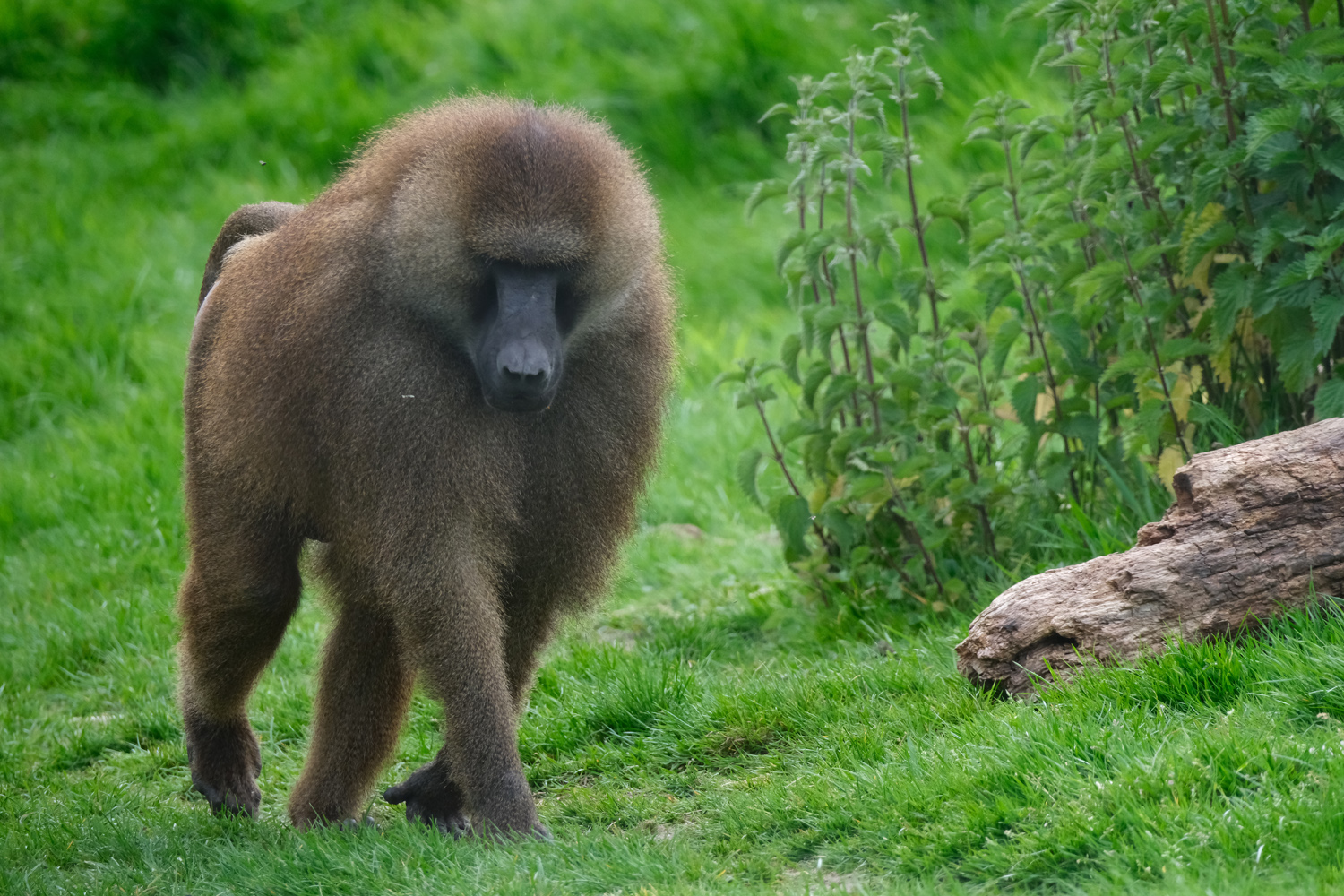
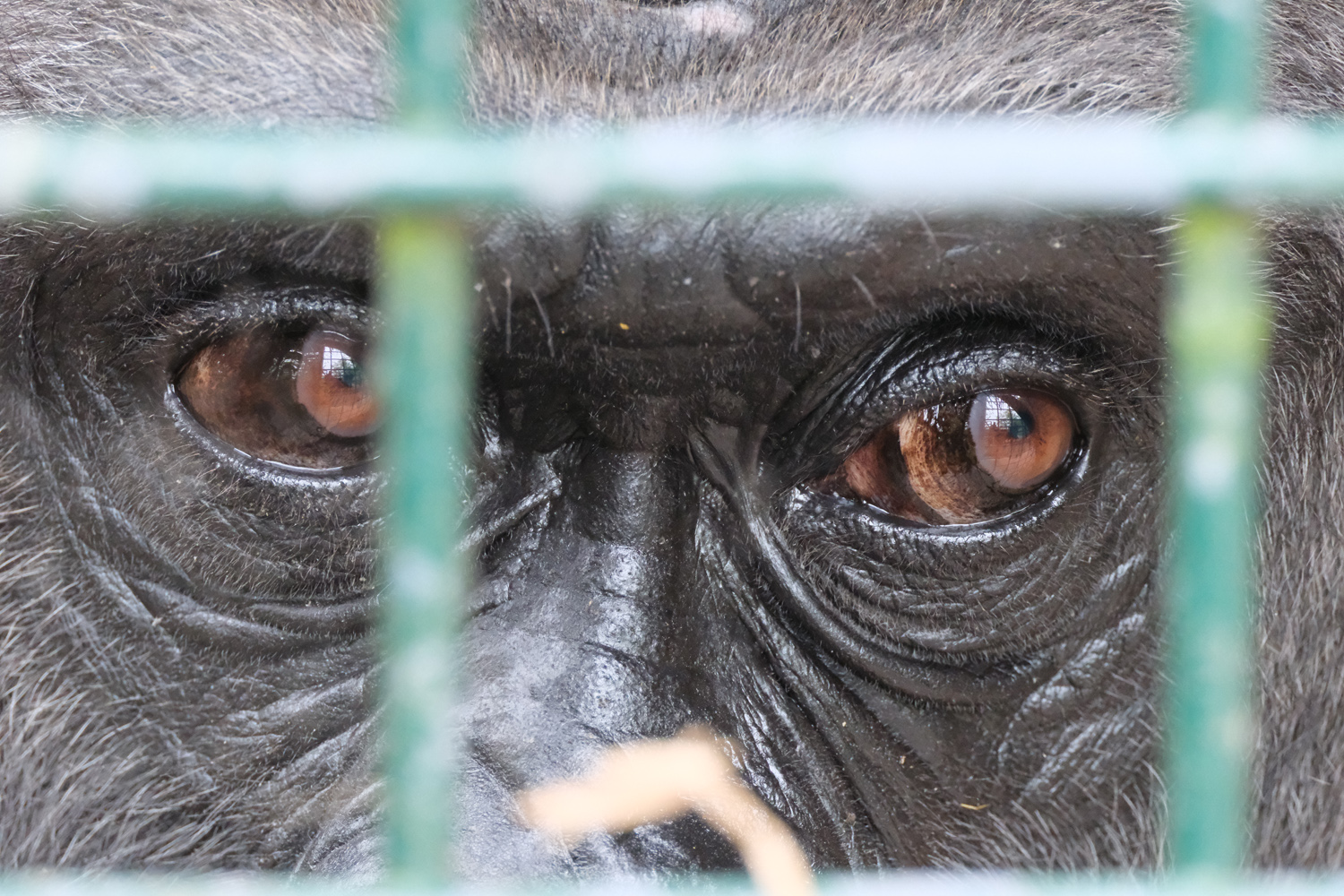

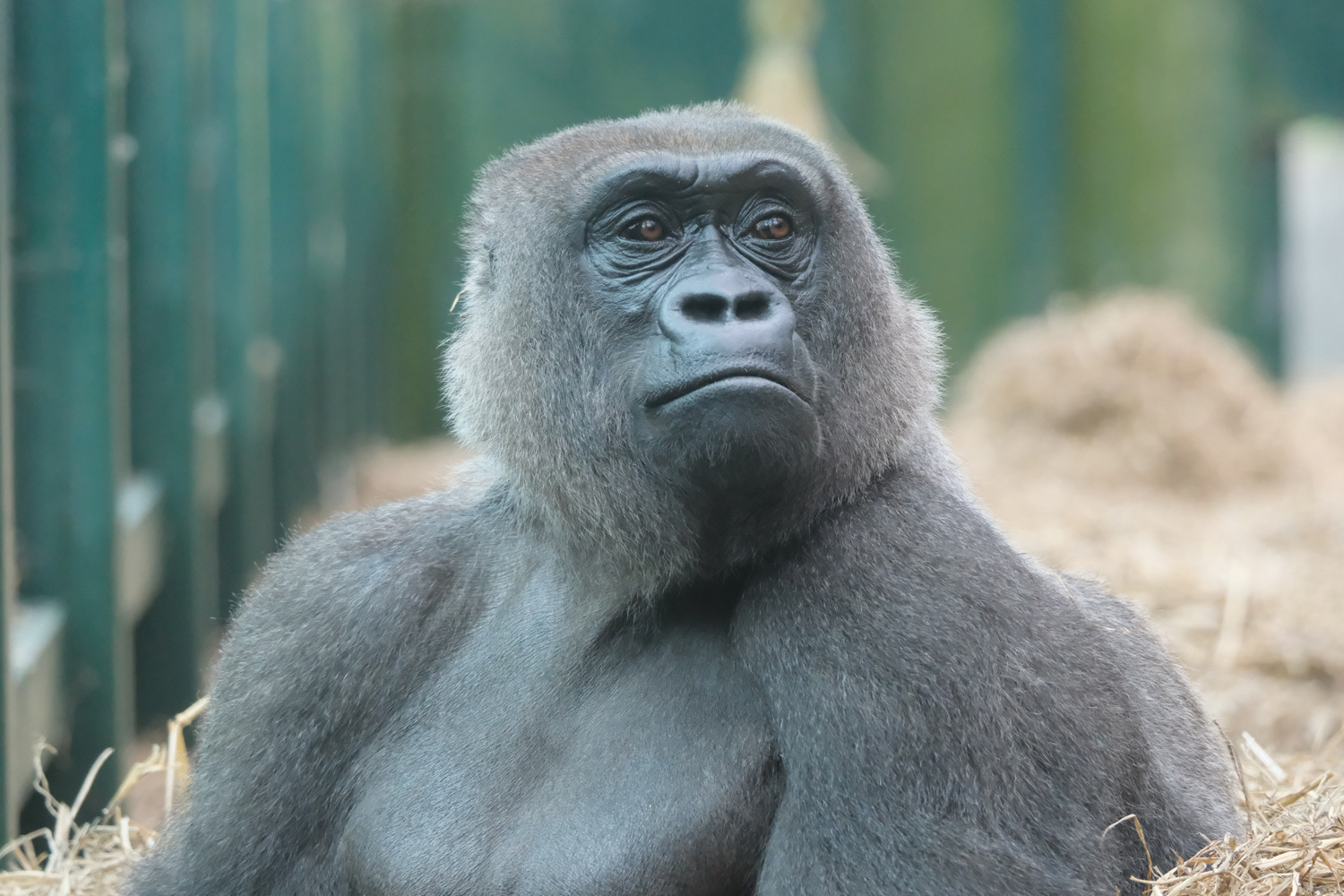
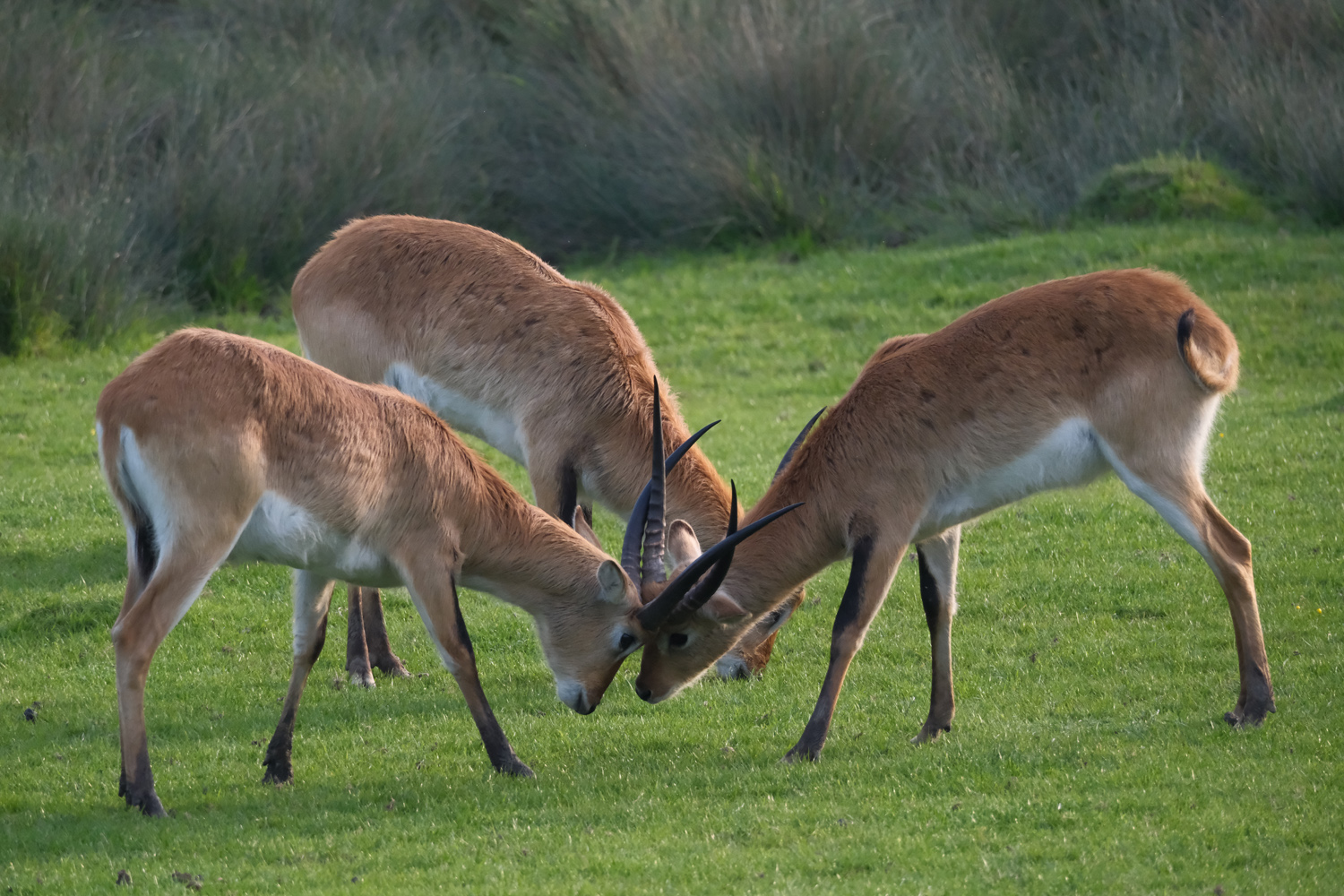
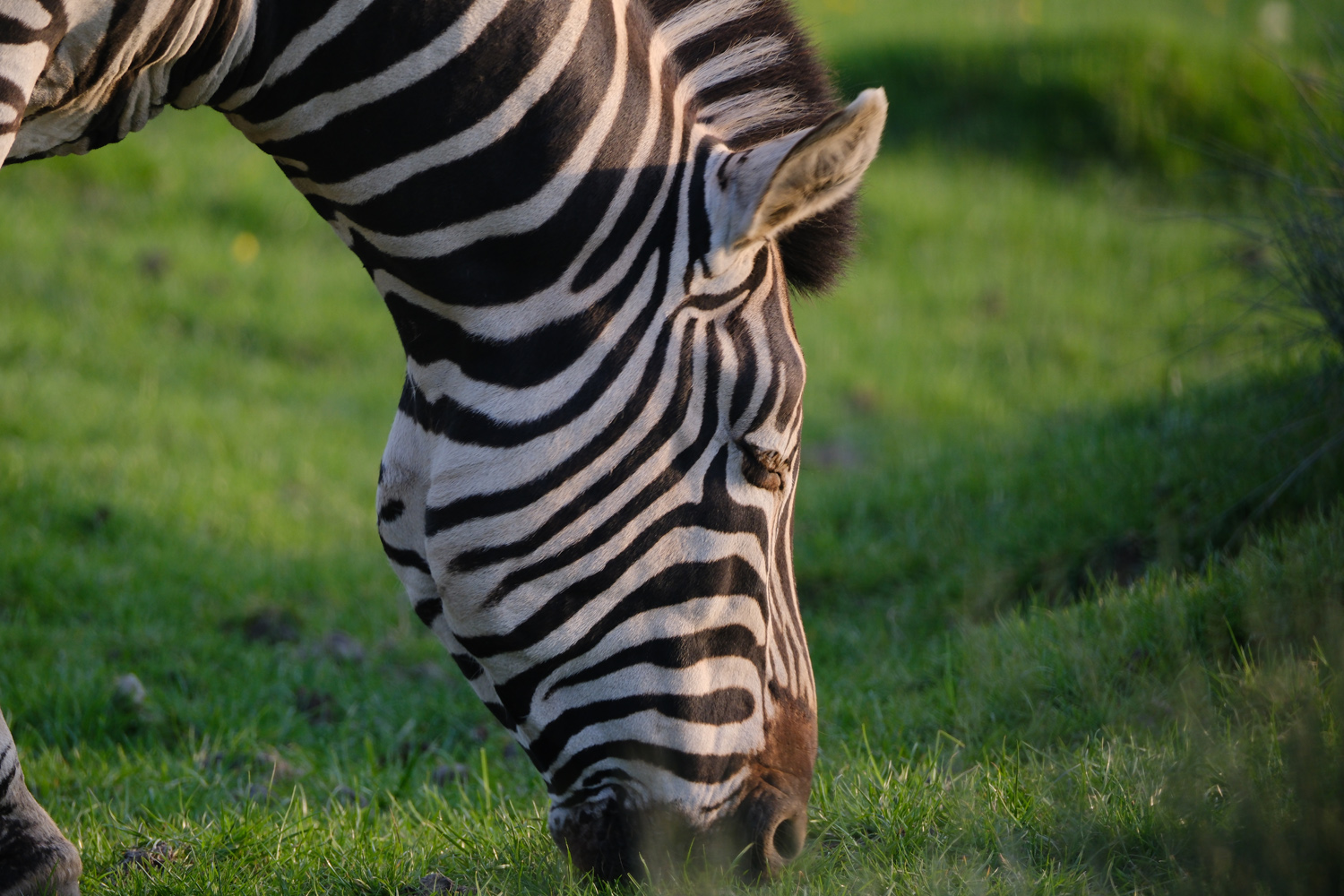
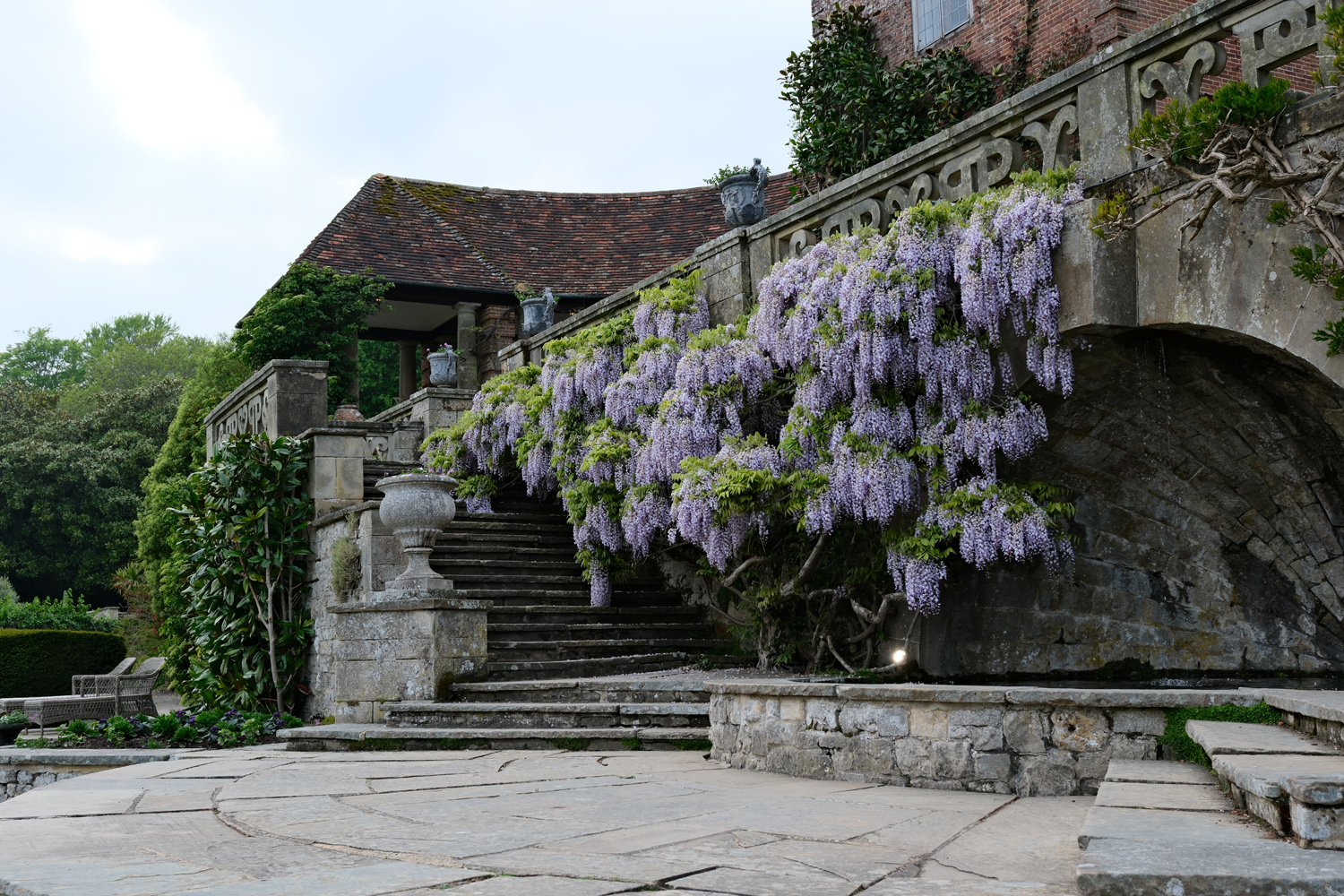



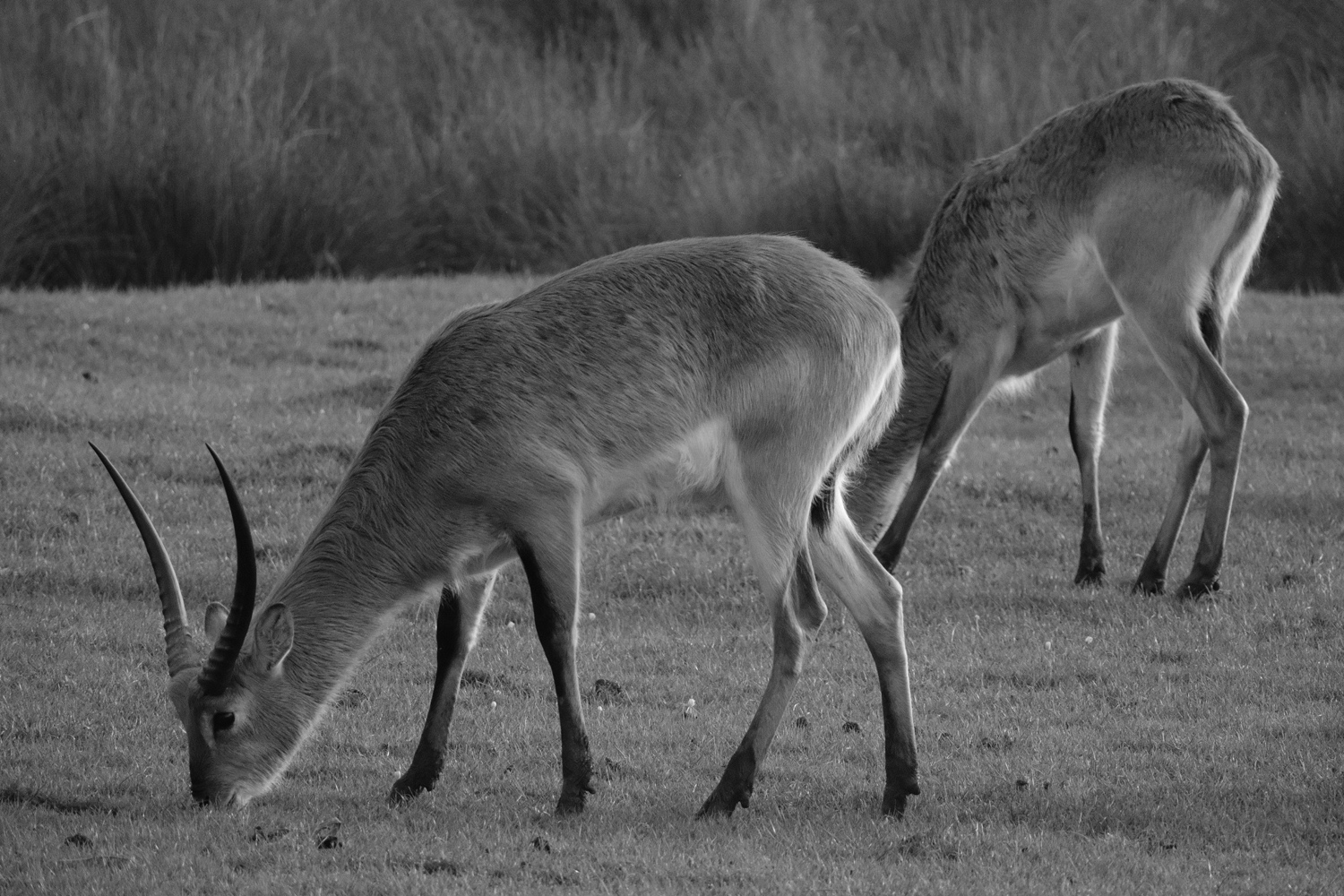
On paper, the X-T50 should deliver identical image quality to the fantastic X-T5; both have the same sensor and image processor, after all. That absolutely bore out in my testing.
My initial hands-on was largely spent with the huge 150-300mm f/5.6, which I appreciate is unlikely to be an X-T50 owner’s first lens purchase (it’ll set you back £1900), but it let the sensor shine for wildlife photography. The above samples have been resized from their original resolution, but show how much detail the 40MP sensor is able to capture. Noise is well maintained as ISO levels creep up and light levels drop, and sharpness is on point across the frame.
Fuji’s colour science is as retina-pleasing as ever. JPEGs show plenty of dynamic range with ample shadow detail, while RAWs leave lots of picture information for further off-camera processing. As APS-C sensors go, it copes brilliantly in darker environments.
With film simulations being so easy to switch between, I used them more than I might’ve done with an X-T5 in my hands. Reala Ace, Nostalgic Negative and Eterna were already some of my go-to’s, and they worked to brilliant effect here as the sun began to set. Photographers that scoff at the thought of ‘digital filters’ need to get with the times; there’s a lot more nuance here than anything you’ll find on Instagram.
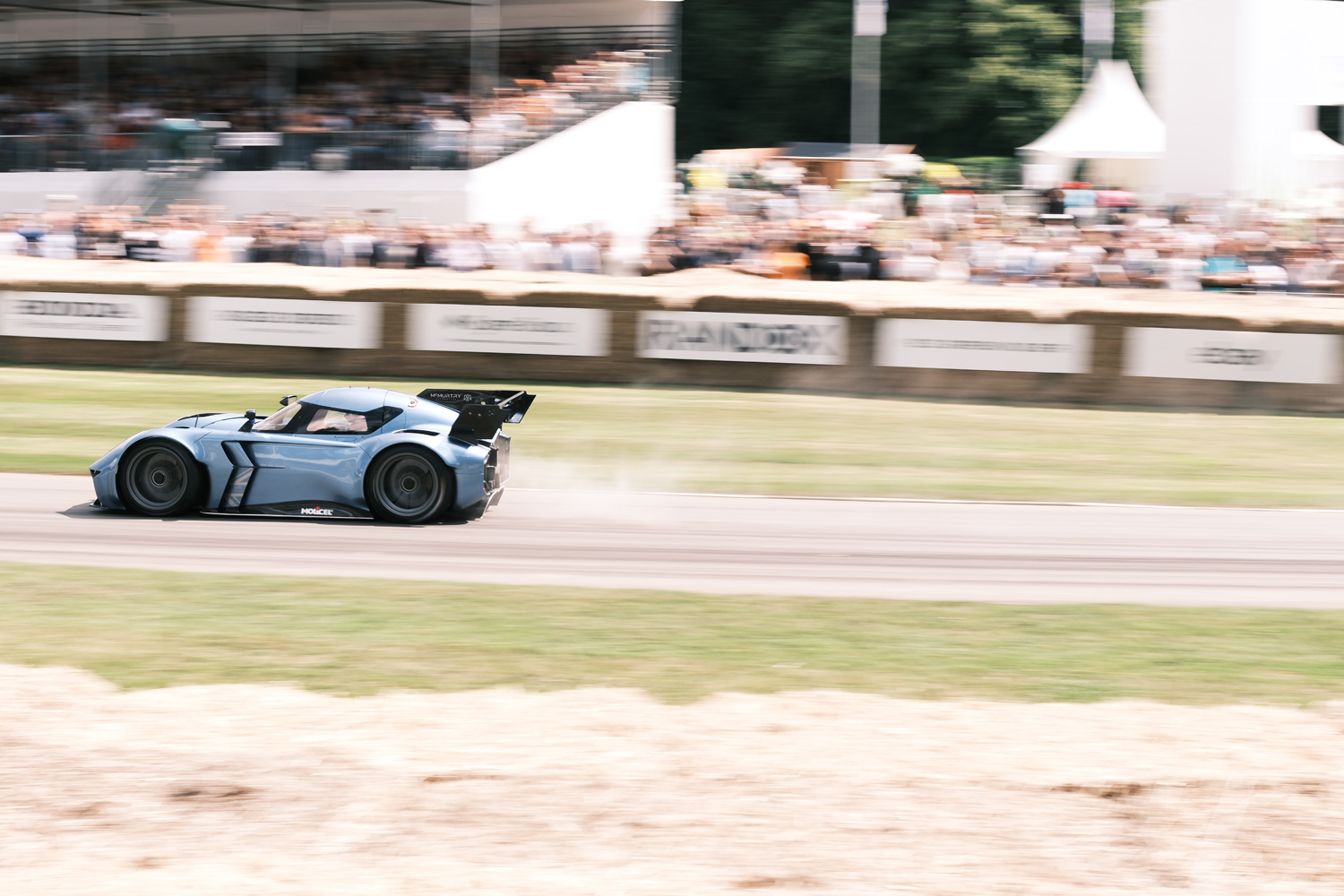
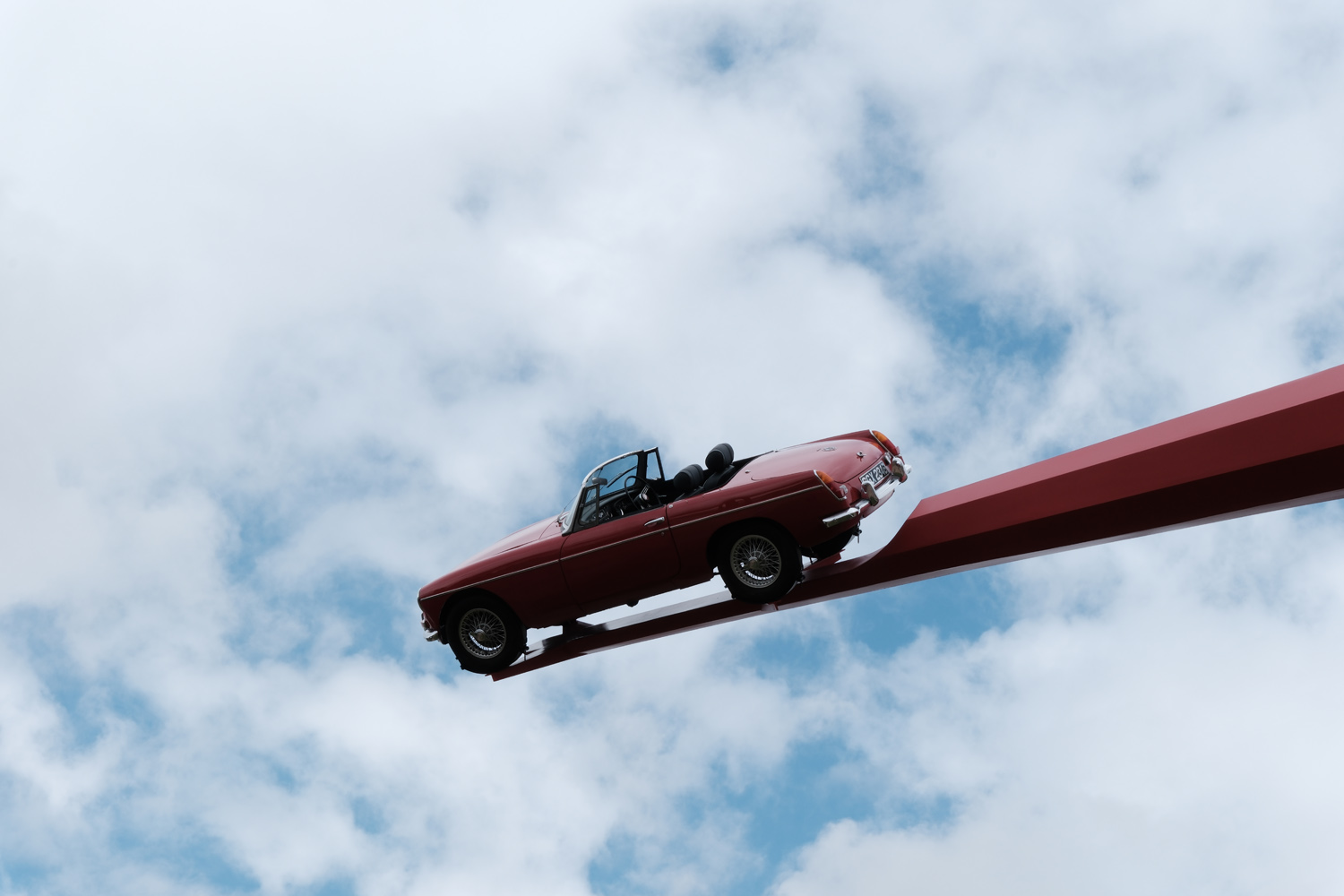
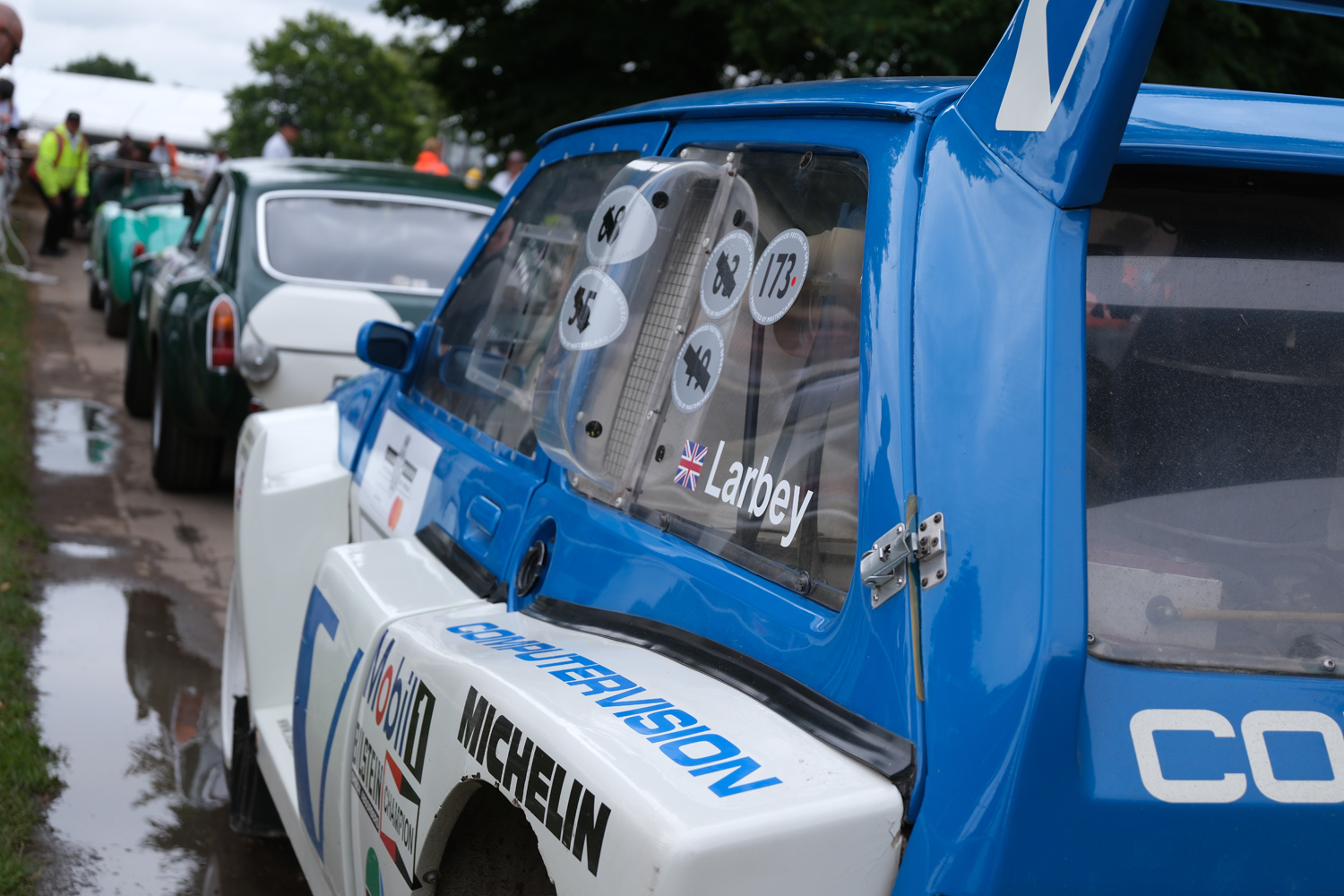
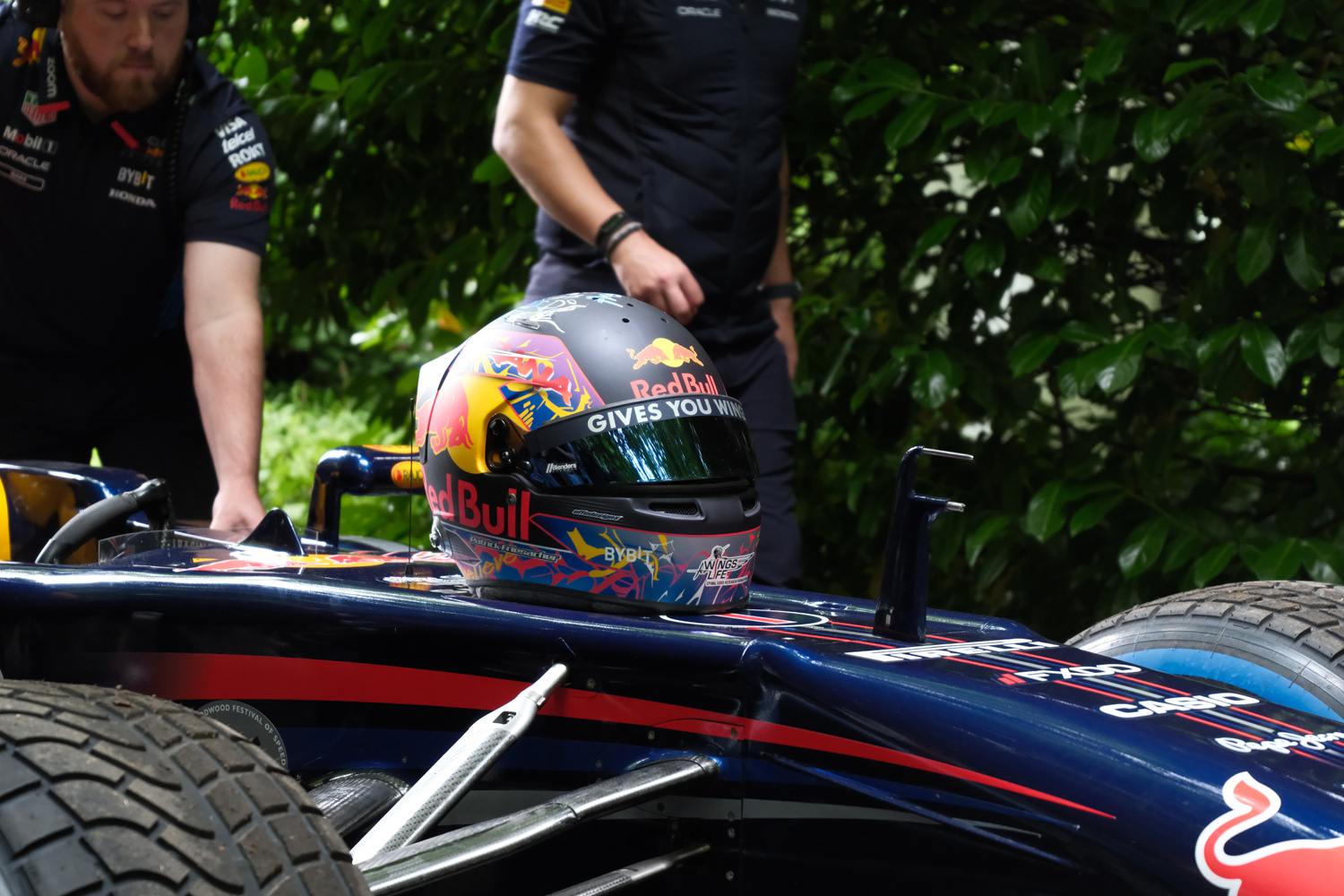
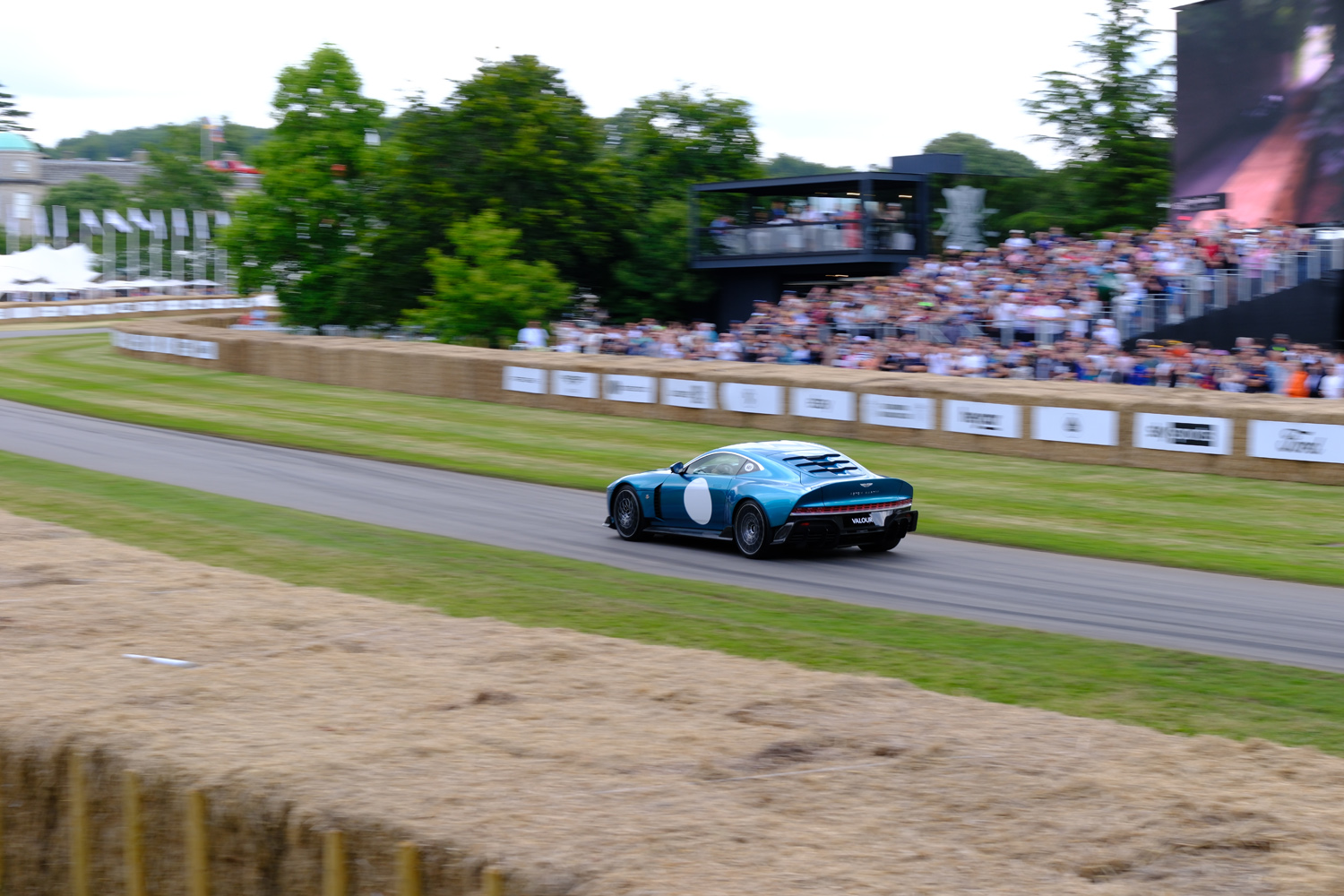
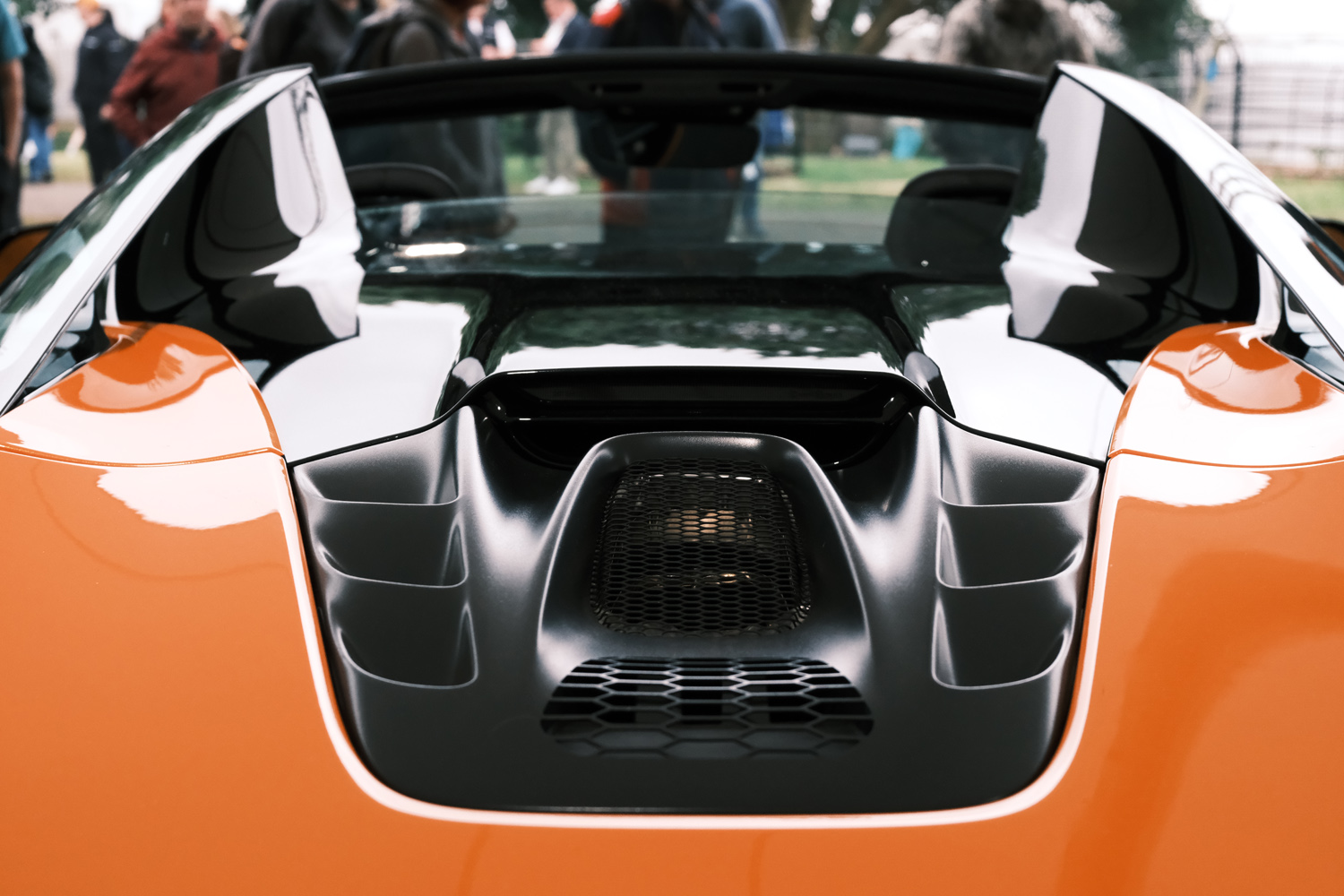
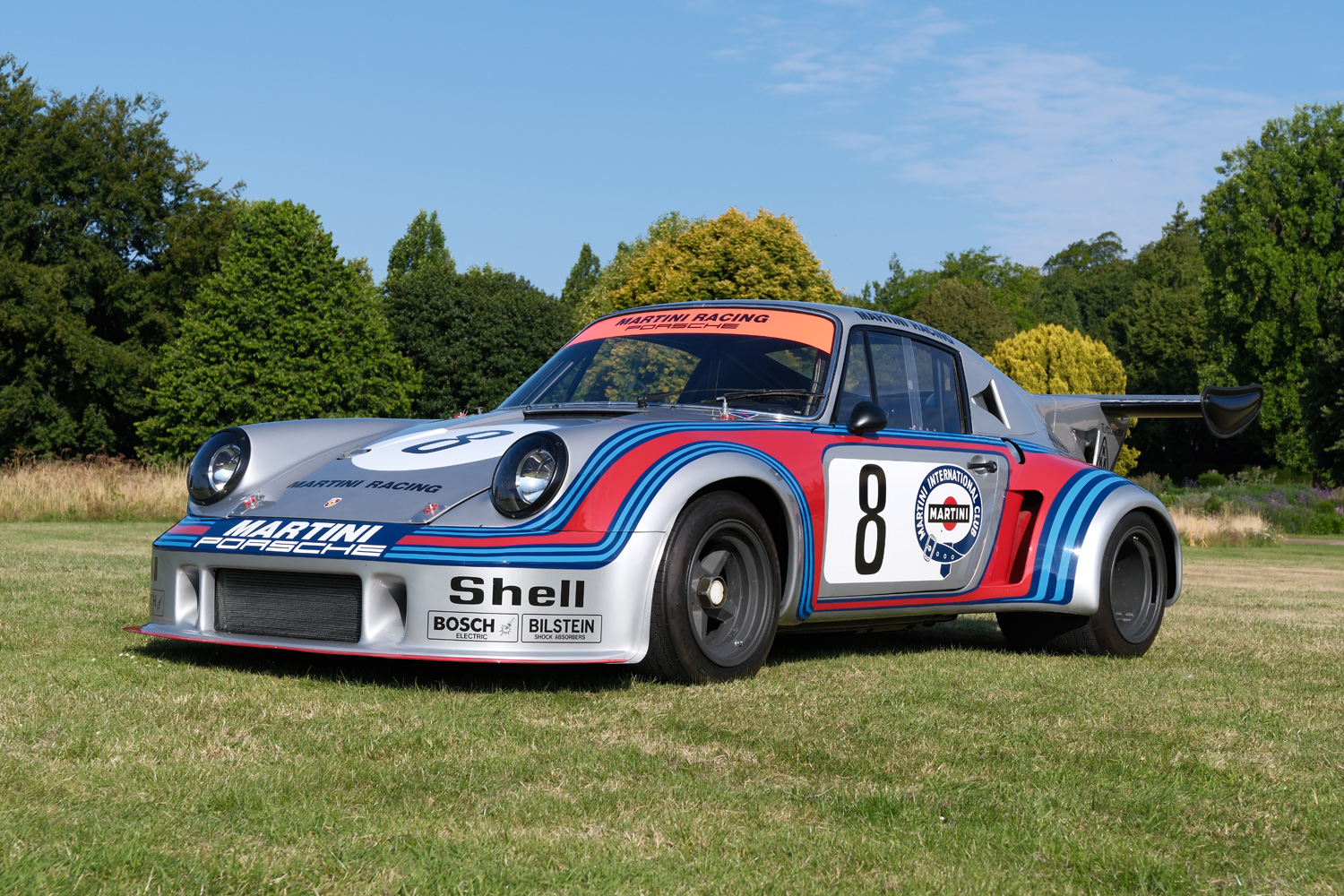
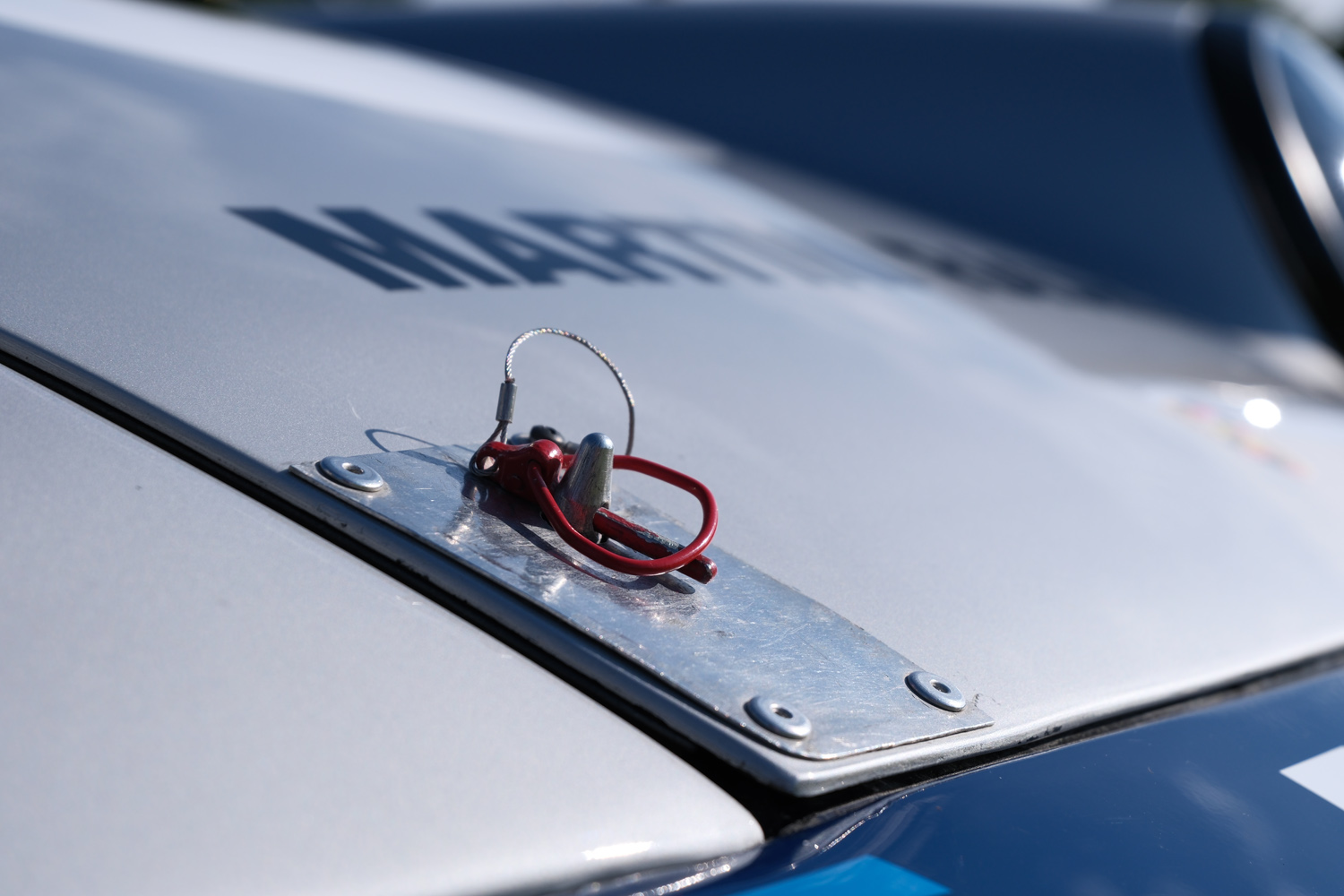


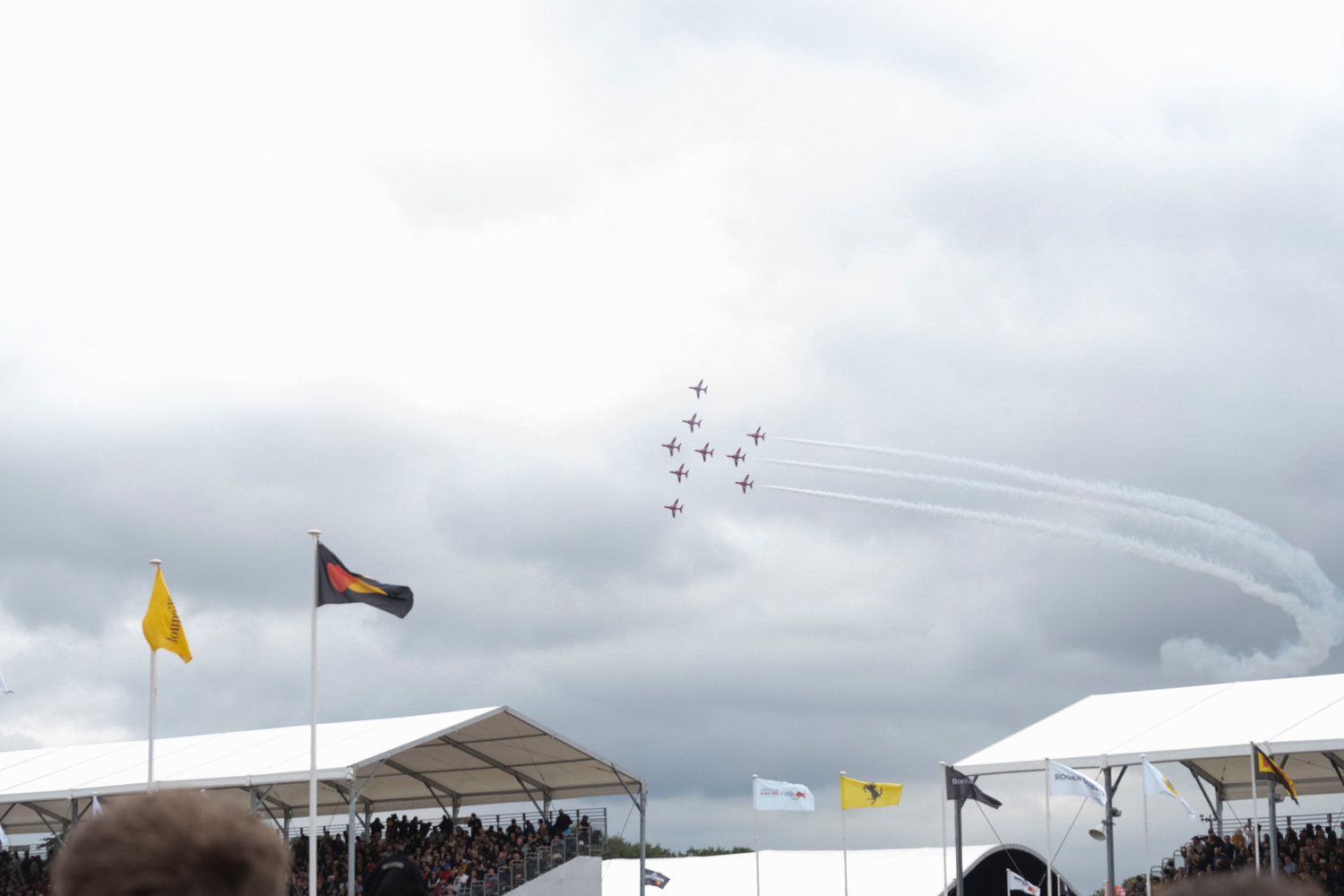
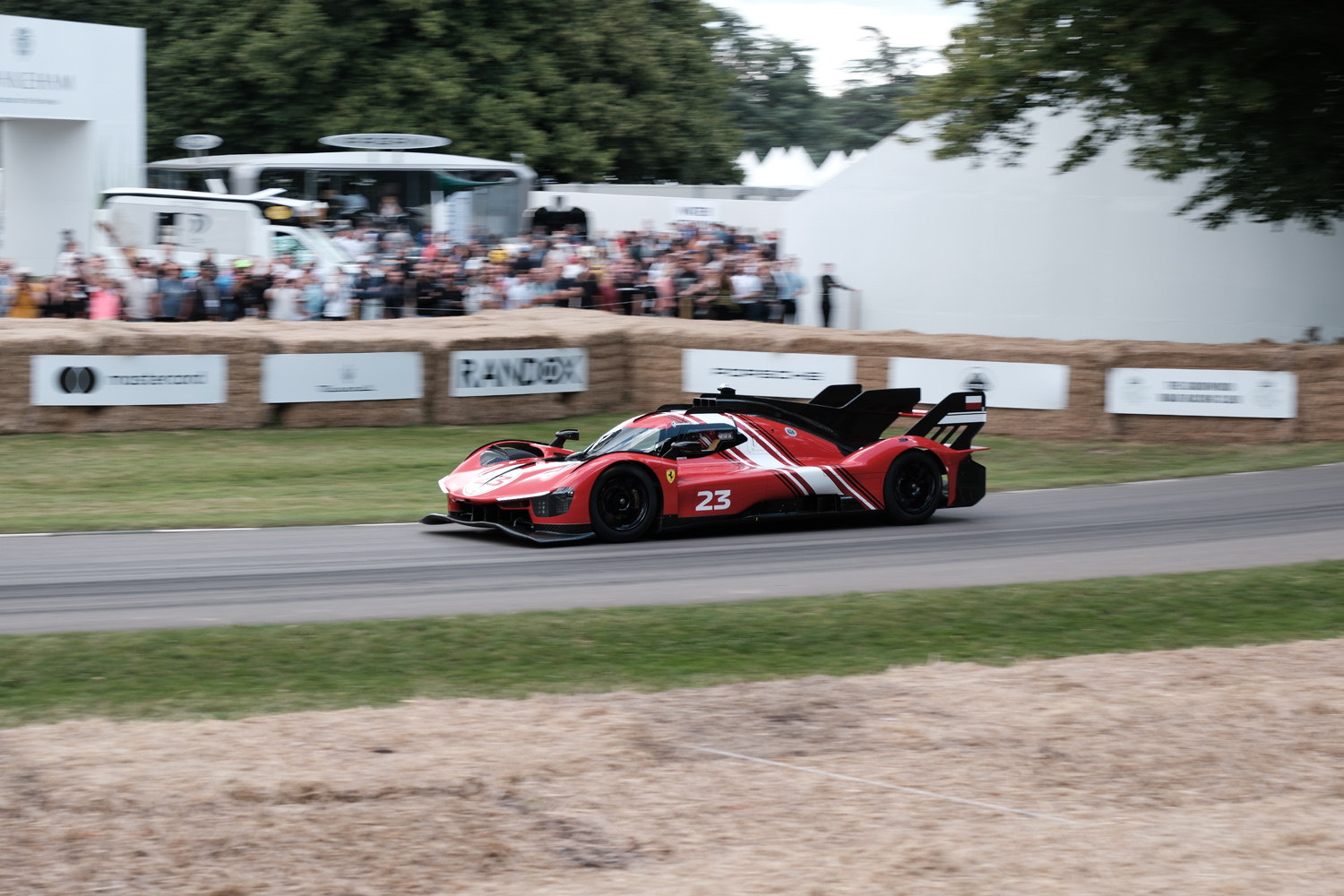
I spent more time using the new XF16-50mm f/2.8-4.8 lens, which can be bought as a kit with the camera or will set you back $699/£699 when bought separately. Here Fuji’s white balance was always well-judged, producing convincing colours in a range of weather and lighting conditions.
During any overcast moments I could quickly swap film simulations and brighten up the scene, while having ISO, shutter speed and lens aperture on physical dials made changing settings simple whenever I found a new position to see the circuit. This could take some learning if you’re more used to a PASM control layout.
Fujifilm X-T50 verdict
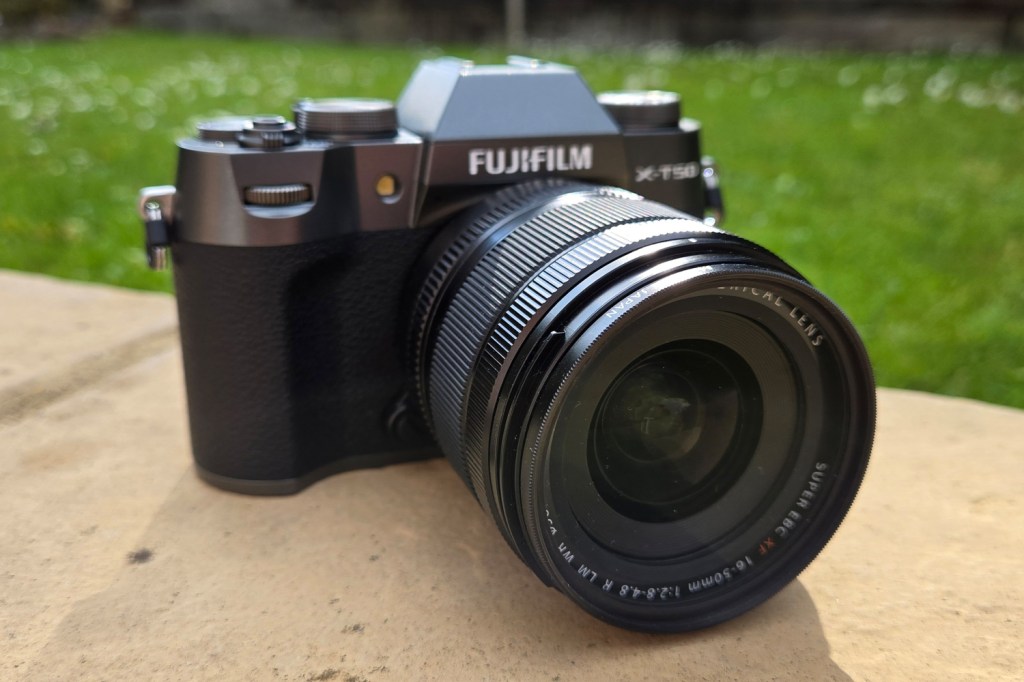
The Fujifilm X-T50 might be the new X-series sweet spot for a lot of photographers. Ones that think a fixed-lens camera like the X100 VI will be a little limiting, and who think the flagship X-T5 too far out of their price range – even if recent price drops mean there’s not as much clear air between the two as you might expect. That camera’s extra features are really going to appeal to serious snappers, too, making the X-T50 a more mainstream choice.
Yes, it’s costlier than its predecessor – but the X-T50 is so much more accomplished, courtesy of a higher resolution sensor, faster processor and in-body image stabilisation. The film simulation dial is also a welcome addition, putting one of the firm’s most popular features in easier reach. It’s not a top choice for vloggers or film-makers, but for quickly giving your photos dramatically different colour treatments, in-camera, little else comes close.
Stuff Says…
A brilliantly capable CSC that puts Fuji’s excellent film simulations front-and-centre. The Fujifilm X-T50 will be many enthusiasts’ ideal mirrorless camera.
Pros
Sharp, detailed images from 40MP sensor
Dramatic, dynamic film simulations in easy reach
Compact dimensions but plenty of manual controls
Cons
Considerable price rise from previous generation
Tilt-only touchscreen
Body isn’t weather-sealed
Fujifilm X-T50 technical specifications
| Sensor | 40.2MP APS-C |
| Lens mount | Fuji X-Mount |
| ISO range | 125-25600 |
| Continuous shooting | 8fps (mechanical) |
| Video recording | 6K/30, 4K/60, 1080p/240 |
| Screen | 2-way, 3in LCD |
| Viewfinder | 2.36 million-dot EVF |
| Storage | UHS-II SD |
| Connectivity | micro HDMI, USB-C, microphone in, Wi-Fi, Bluetooth |
| Weight | 483g (body-only) |




